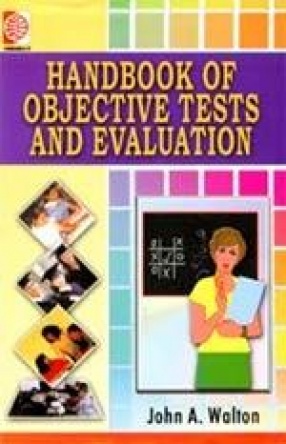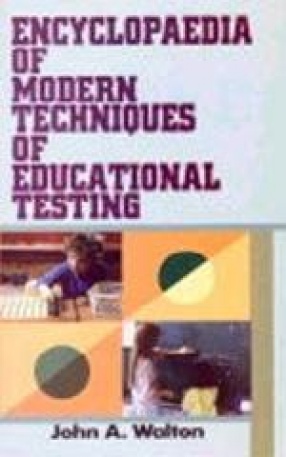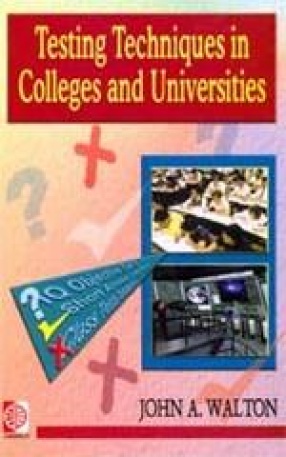Appraisal of pupil achievement in the classroom has long been an integral part of the instructional process. However, objective means of appraising the achievement of pupils have been developed entirely in the last half-century. Objective tests were either unknown or little used when adults now in middle age or beyond attended elementary and secondary schools. Although some young adults of today have never taken objective tests. In school, it would be difficult to find a pupil now attending a modern school who has not done so frequently. For some years following 1908, when objective achievement tests and scales were introduced to education, the new tools remained the province of the specialist who constructed standardized tests and scales. The teacher was given a part in the objective appraisal of pupil behaviour with the advent of the sol-called new-type test, now known as the informal objective test, early in the twenties. The teacher was encouraged to assume a still more prominent role when adaptations of older methods and distinctly new or revised tools and techniques began to appear in the middle thirties. These three phases, often distinguished by the terms testing, measuring, and evaluating, represent an evolution from little or no participation by the teacher in the process of objective pupil appraisal to the status of a major, if not the major, participant in this important activity. As these three approaches to the appraisal of achievement differ in degree rather than in kind, they are largely indistinguishable in the following presentation of the organization of this book.
Encyclopaedia of Modern Techniques of Educational Testing (In 5 Volumes)
The concept of intelligence ...
$118.75
$125.00







There are no reviews yet.